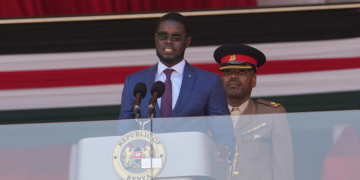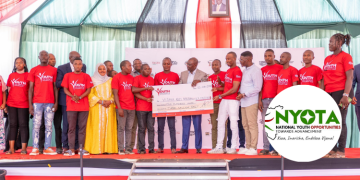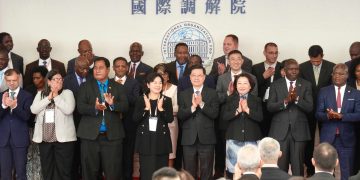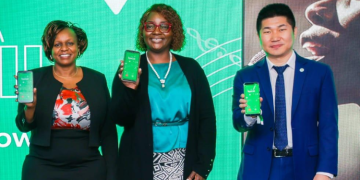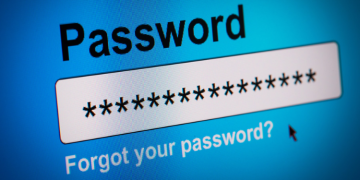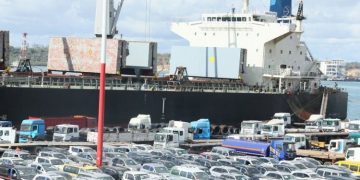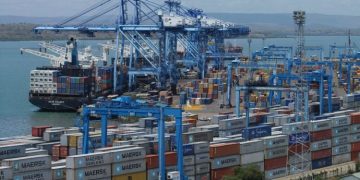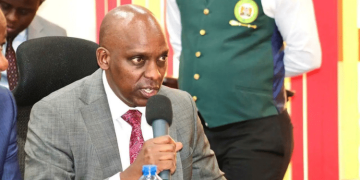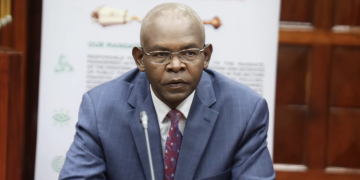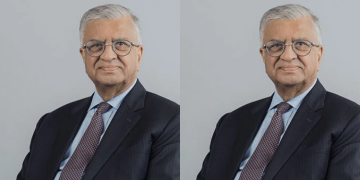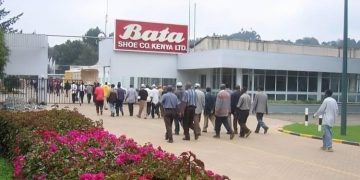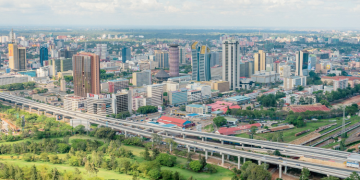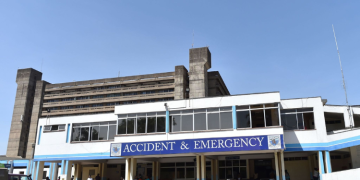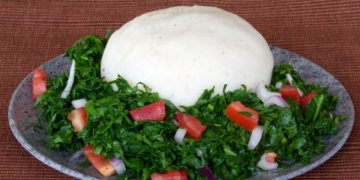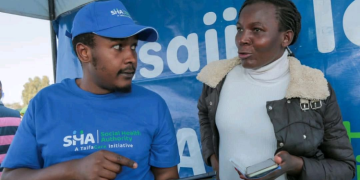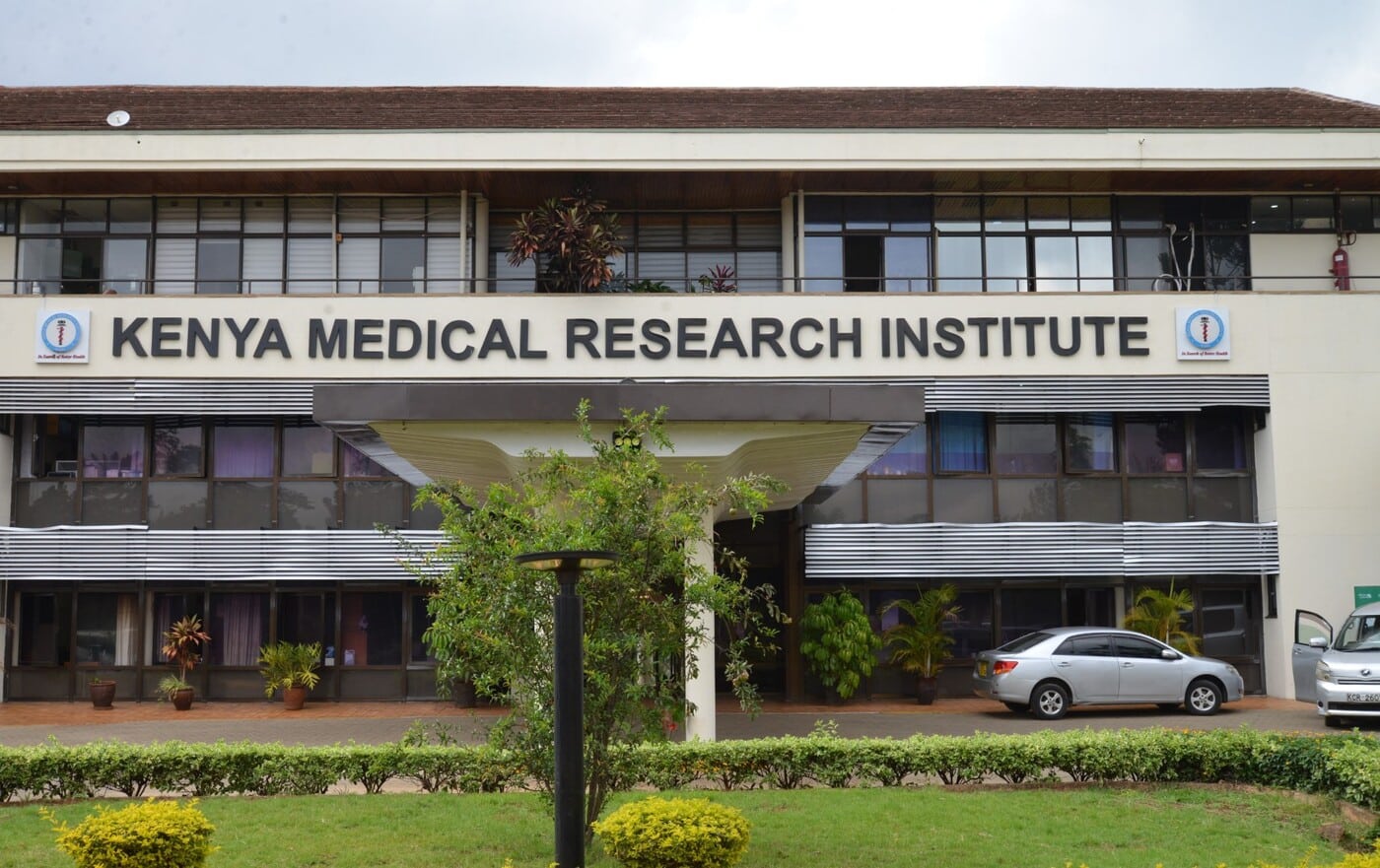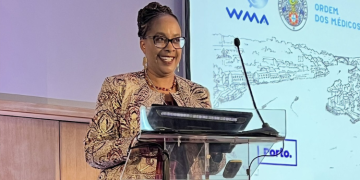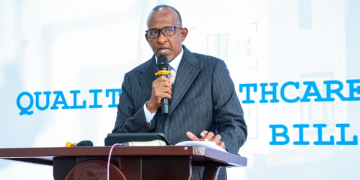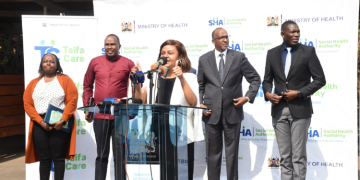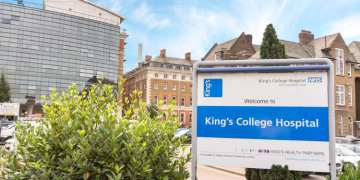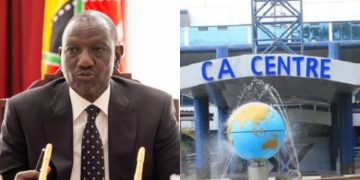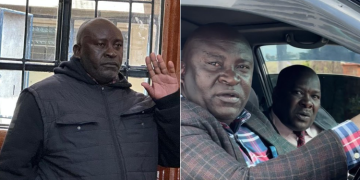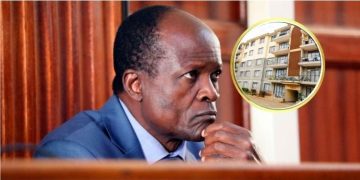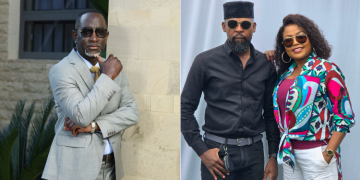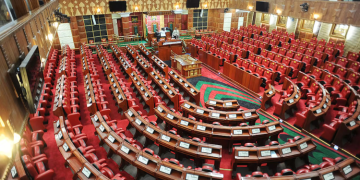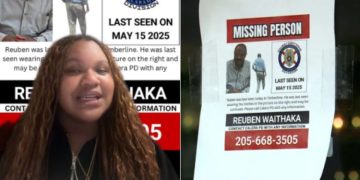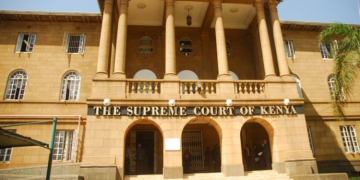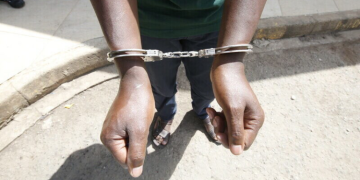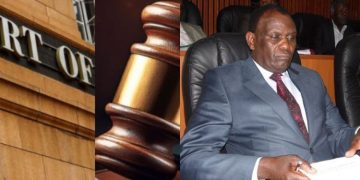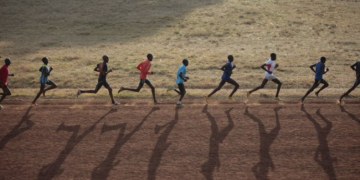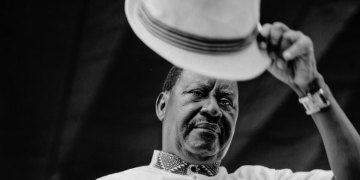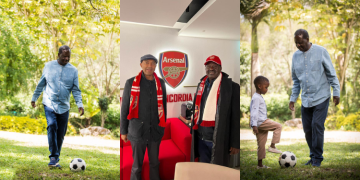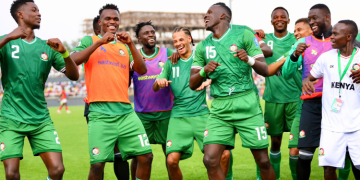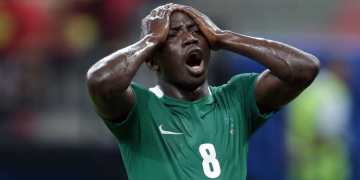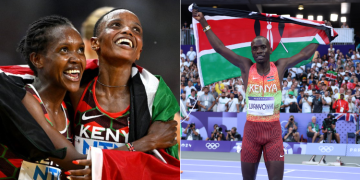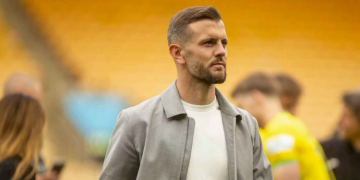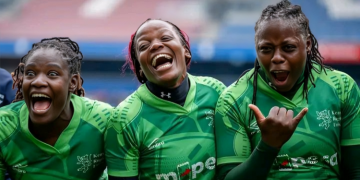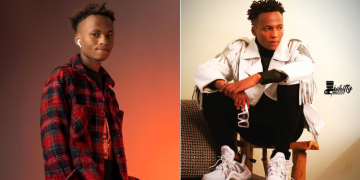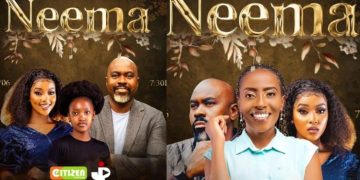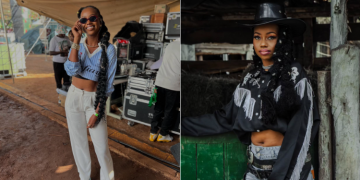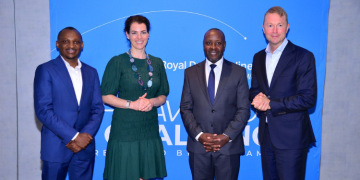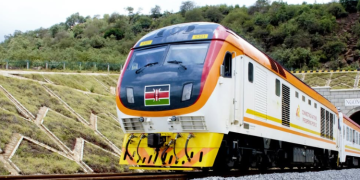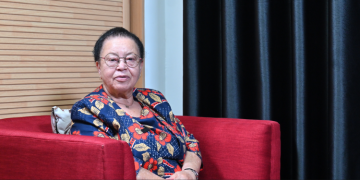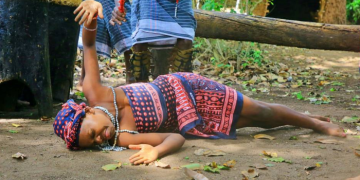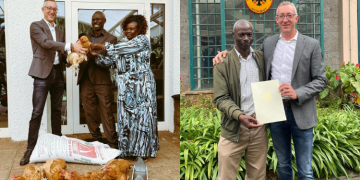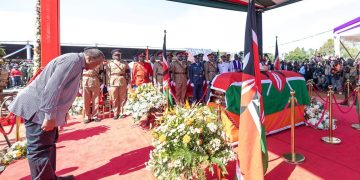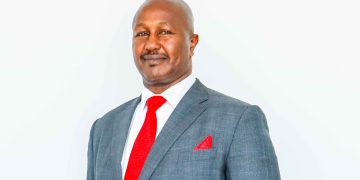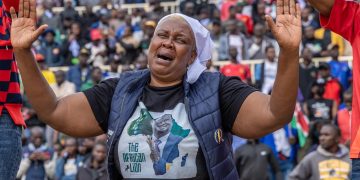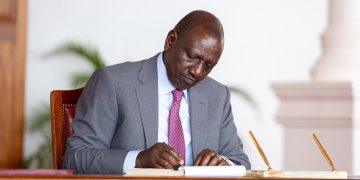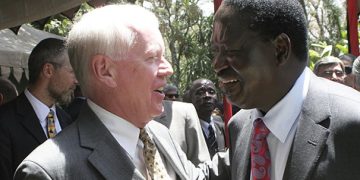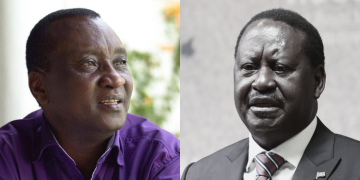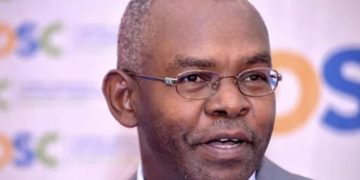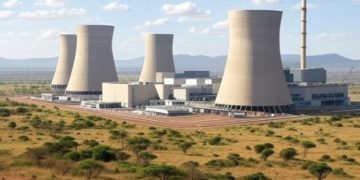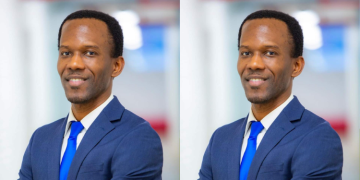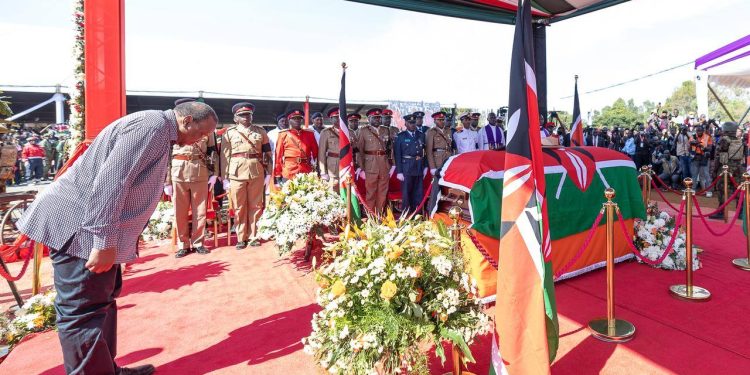I learned about the death of Raila Odinga on the morning of Wednesday, October 15, 2025. It was around 10:15 a.m., just as I was wrapping up a TV production class at a government institute of higher learning. During the session, I had noticed that some students were whispering, glancing at their phones, and exchanging looks. I didn’t think much of it. Gen Zs can’t stay away from their screens for more than a minute.
But as I shut down the camera I’d been using for demonstration and began disassembling the equipment, I sensed something unusual.
“I don’t miss him,” one said.
“Wacha aende,” another added.
I looked up, confused. Who were they talking about? Who could they be so ready to let go of?
Before I could ask, the class representative walked over, phone in hand. Without a word, he showed me the screen. It was Raila Odinga’s picture, above a caption: Raila Odinga is dead.
At first, I thought it was a terrible joke. Raila? Dead? Impossible. He was undie-able. Undeathable. But then curiosity, or perhaps disbelief made me reach for my own phone. As I scrolled through my timeline, the reality hit me like cold air. It was true. He was gone.
I had always thought he would live forever. His “enigma-nity” made him feel immortal. Even now, I remain in denial.
Raila the Hero
For many, Raila Odinga was a figure of admiration. I include myself in that number. My fascination with politics began early, around age nine, and Raila was at the center of it.
Also Read:Ruto Lifts Lid on Raila’s Health Struggles in Final Months Before His Death
I remember the 1992 elections vividly. My aunties huddled around a Sanyo radio, following results on KBC. My uncles argued loudly over who would win in each constituency; one even kept his own tally in a notebook. The air crackled with tension and hope.
That moment, filled with debate and anticipation, planted in me a lifelong fascination with politics and the electoral process.
Two years later, in 1994, Jaramogi Oginga Odinga, Raila’s father, died at 82. The country was gripped by fear and confusion, just as it is now.
There were so many speculations about his death. I found it hard to believe he was gone, perhaps because there were so many myths and mysteries surrounding the kind of person Jaramogi was.
I had heard stories that attempts to kill him by previous regimes had always failed because whenever anyone tried, he would turn into a fly and escape.
I never imagined that thirty-one years later, I’d feel the same disbelief at the death of his son. This time, William Ruto was president, just as Daniel arap Moi was then. Both from the Kalenjin community. History, it seems, has a way of folding back on itself.
I have followed Raila’s journey my whole adult life. I did not vote for him in 1997 as I wasn’t old enough to vote. However, I voted for him in 2002 (even though he supported Kibaki), 2007, 2013, 2017, and again in 2022. Even when he lost, I respected him for fighting within the democratic process.

The Turning Point
My turning point came with the Miguna Miguna saga of February 6, 2018, when Miguna was deported to Canada after swearing in Raila as the “People’s President.” Raila had the moral and political weight to prevent what happened, and his silence felt like betrayal.
By 2022, my faith had faded. I began to wonder if the man who had inspired my youth was still the same one before us. After the elections, Baba remained a thorn in Ruto’s government. Many died in the protests he called in 2023.
Then came 2024, when Gen Z took to the streets, inspired by his defiance. They marched against unfair taxes; many were abducted. Some never returned.
When Raila later joined hands with the same regime he had condemned, it shattered something. That was the breaking point for a generation.
Also Read: Why No Priest Wanted to Baptize Raila and His Siblings
Even Ruth Odinga later admitted that Raila died knowing Gen Z had turned against him, that some even wished him dead. There is truth to this because I saw it in my classroom, in those quick, almost casual words from my students: “I don’t miss him. Let him go.”
I’ve criticized Raila many times myself. But critique never erased respect. Sometimes I even feared he might sue me. He never did. In fact, he never sued the media – not once despite having every reason to. That alone said something about his respect for freedom of expression, a freedom he helped build.
I cannot deny his contribution to Kenya’s political landscape. Raila Odinga remains one of the most influential figures in our history, a symbol of resilience, reform, and political courage. The freedom I now use to write owes much to his struggle.
He fought for devolution, for equity, for space to question power. He exposed scandals, demanded accountability, and gave many of us a language to resist. And yet, with time, I found myself wondering: was he still fighting for us, or simply surviving within the system he once opposed?
The Contradiction
Raila’s story is one of contradictions. He endured eight years in detention, fought every regime since independence, and somehow served in nearly all of them, Moi’s, Kibaki’s, Uhuru’s, even Ruto’s.
Each time he fought, he ended up sharing a table with those he fought against. That duality, resistance and reconciliation, defined him. It made him both hero and enigma.
Now, as Raila is laid to rest, the continent mourns. Yet even in mourning a freedom fighter, some African leaders still fear freedom itself.
Raila’s death has drawn mourners from across the world. Kenya has come to a standstill. And yet, even in death, the contradictions persist, between the man we idolized and the man we grew to question, between his legend and our disillusionment.
The Acceptance
When the class ended that morning, I walked out quietly. The air felt heavier than usual. Students lingered, still glued to their screens, scrolling through tributes and anger. I stood under a Podo tree, reading the endless stream of posts. For a moment, I just stared at the ground. The world had shifted, but it didn’t feel real yet. Somewhere between disbelief and grief, I realized I was mourning not just the man, but the hope he once represented.
Later, as my PSV crawled down Ngong Road, mourners lined the streets with twigs, wailing and crying unconsolably as they headed towards Karen, Raila’s home. That’s when it hit me, Raila Amolo Odinga was truly gone. And that painfully hurt.
Follow our WhatsApp Channel and X Account for real-time news updates.
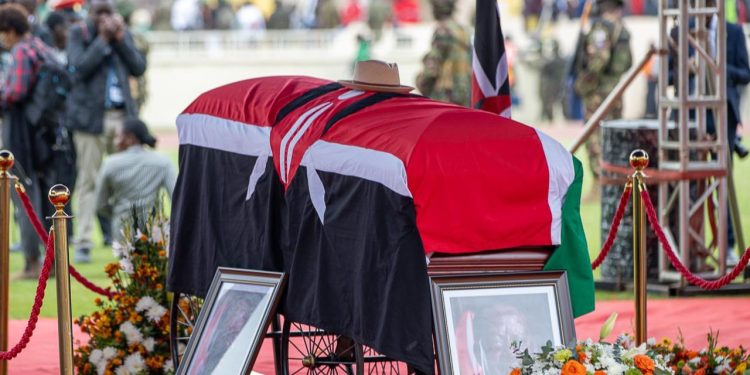

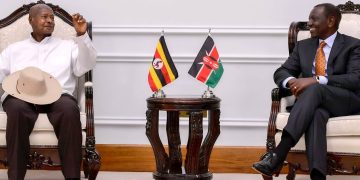
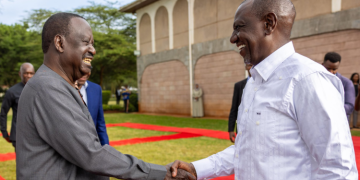
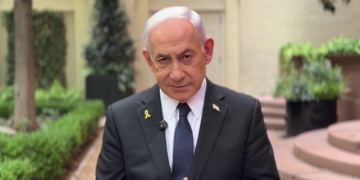
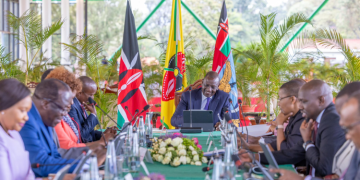
![President Ruto Address During Mashujaa Day And How He Honored Raila [Full Text Speech] President Ruto Address During Mashujaa Day And How He Honored Raila [Full Text Speech]](https://thekenyatimescdn-ese7d3e7ghdnbfa9.z01.azurefd.net/prodimages/uploads/2025/10/ruto-mashujaa-address-360x180.jpg)
